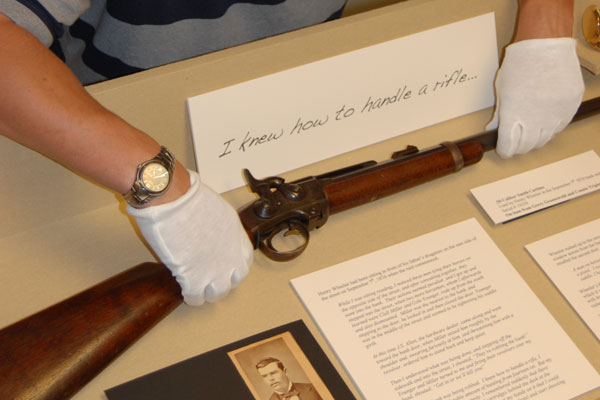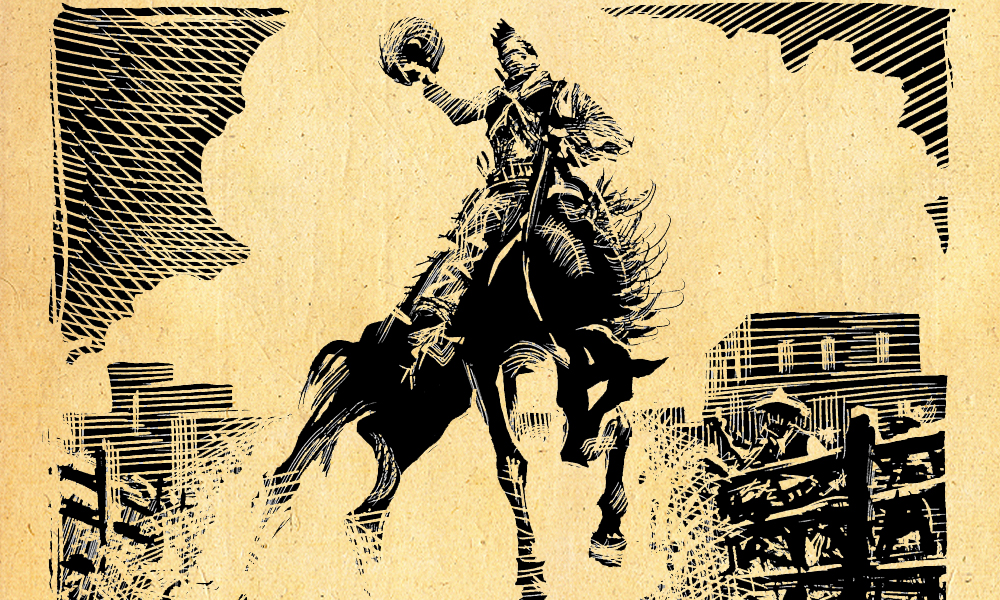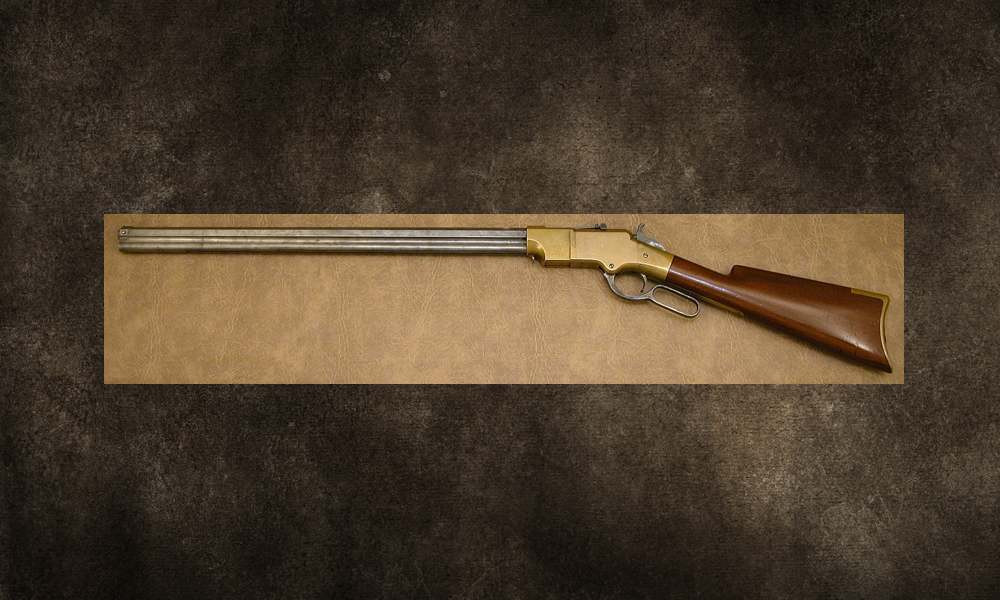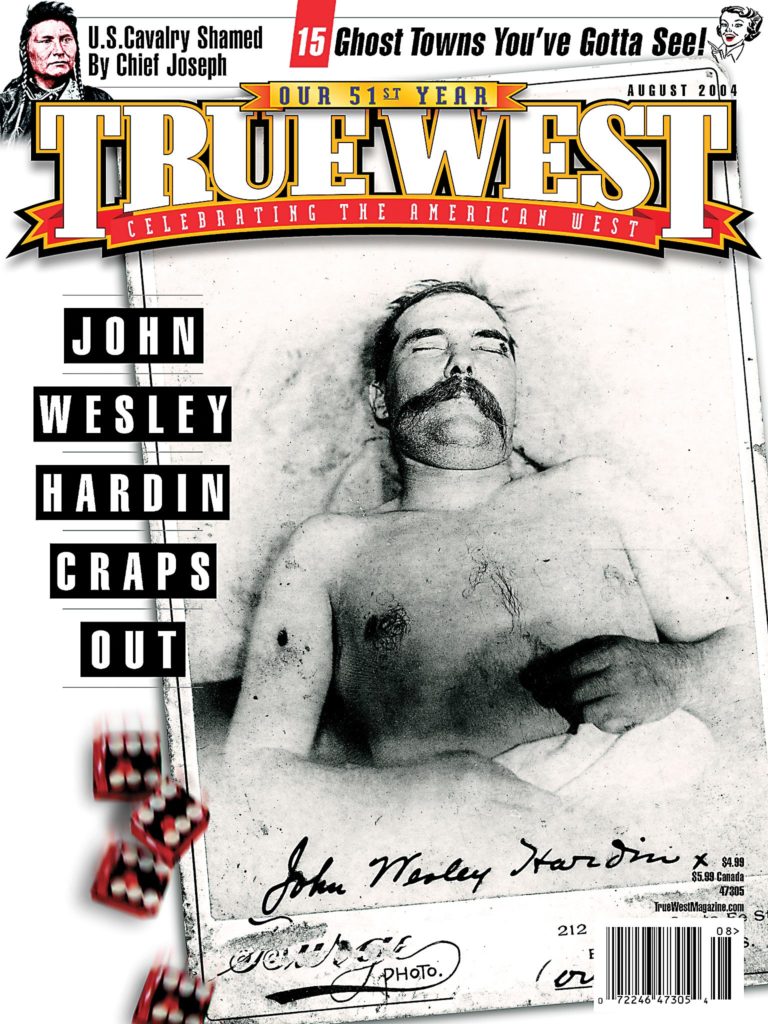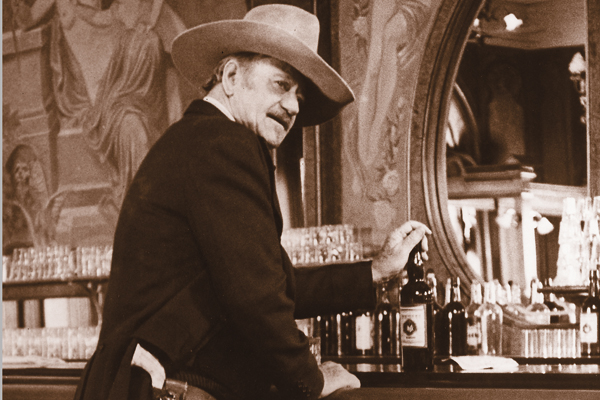 While the 1873 Winchester is often called the “gun that won the West,” this rifle certainly didn’t win it by itself.
While the 1873 Winchester is often called the “gun that won the West,” this rifle certainly didn’t win it by itself.
There were plenty of other good firearms available, and the one that gave Winchester its most serious competition was the 1881 Marlin. This big rifle was years ahead of Winchester’s first big-bore offering (their 1886 Model), and was the first lever-action repeater built that was strong enough to handle the .45-70 Government cartridge.
Conceived by John Marlin, a toolmaker and designer who had been in the gun manufacturing business for several years, the ’81 Marlin was the company’s first repeating rifle. His earliest venture at arms making was producing small rimfire revolvers in the 1860s. By 1875, Marlin had taken over the manufacture of the Ballard single-shot rifle, another popular frontier longarm. With the intro-duction of the 1881 Model that year, Marlin quickly became one of America’s premier sporting repeating rifle producers. The ’81’s beefed-up frame and improved levering mechanism allowed for the longer and more powerful .45-70 round. The new rifle was derived from several principles of arms designer Andrew Burgess’ patents, which were also found in Colt’s Burgess model and the Whitney-Kennedy rifle. John Marlin was licensed to use these ideas, along with some additional patented improvements. These changes resulted in a more powerful action with the inherent strength of the bolt-action arms of the period.
Until the introduction of Winchester’s 1886 Model, the ’81 Marlin was the only repeater to be had in some of the big-bore calibers of that time, and it had no competition for several years. Besides the .45-70, this man-sized rifle was also offered in a variety of other popular chamberings, including the .32-40, .38-55, .40-60 and .45-85.
Between 1881-92, a total of 21,716 Marlin rifles were produced. Most were made with octagon barrels in 28-inch lengths. Few round-barreled guns left the factory, and 13 were fashioned as smoothbore shot-guns. The standard finish on these fine arms was a blued receiver, barrel and under-barrel tubular magazine, and a color case-hardened hammer, lever, trigger and buttplate. As a rule, 1881 Marlins were made with single triggers, but double set triggers were offered, as were other extras, such as nickel plating, case-hardened receivers, pistol grip stocks and engraving.
Interestingly, the ’81 Marlin was one of the few repeaters used in the slaughter of the Northern buffalo herd. Throughout the frontier, this massive lever gun was well liked by those who used it and was highly regarded for its smooth, slick action, fine finish and rugged construction. It was this Marlin rifle that paved the way for future large-bore repeaters, and its successors still enjoy popularity with shooters today.


